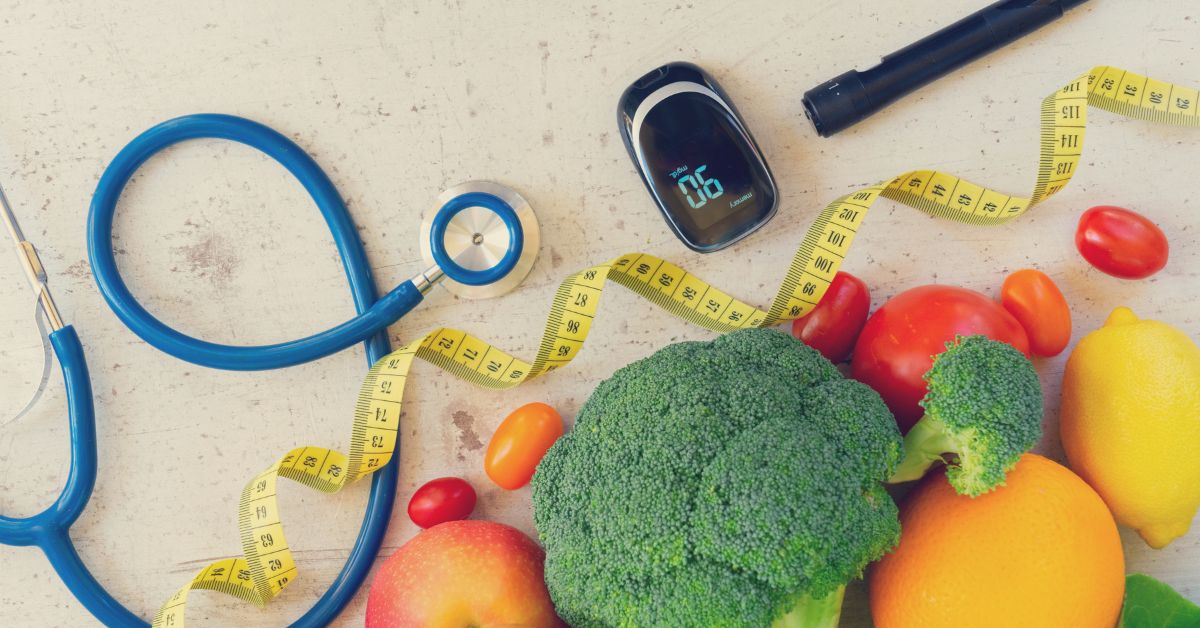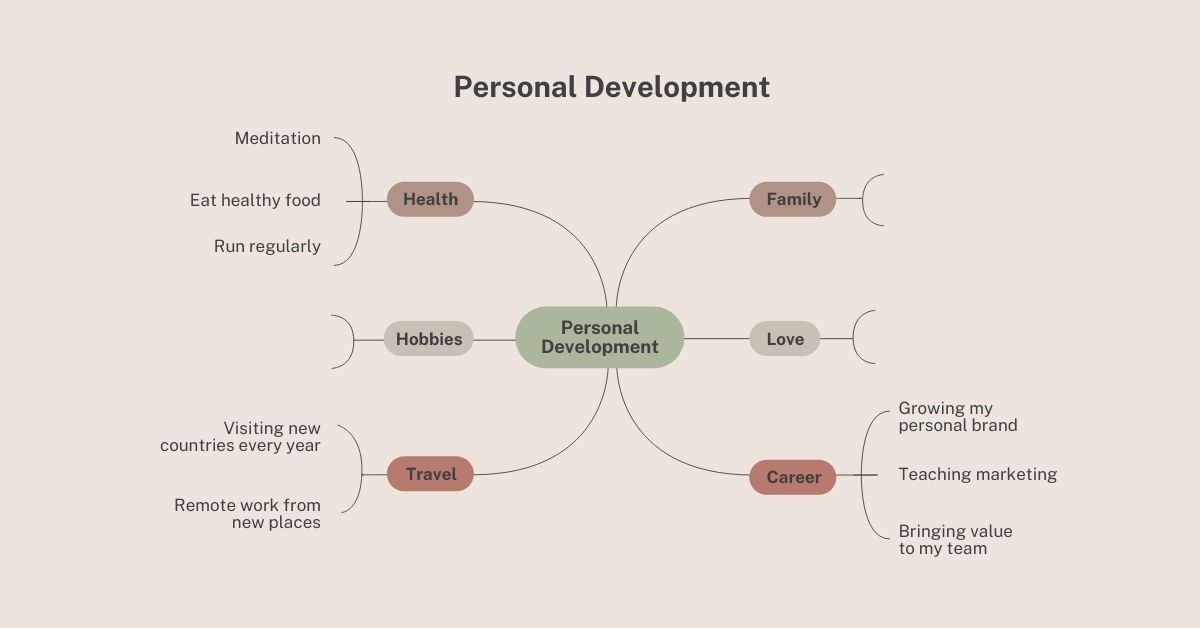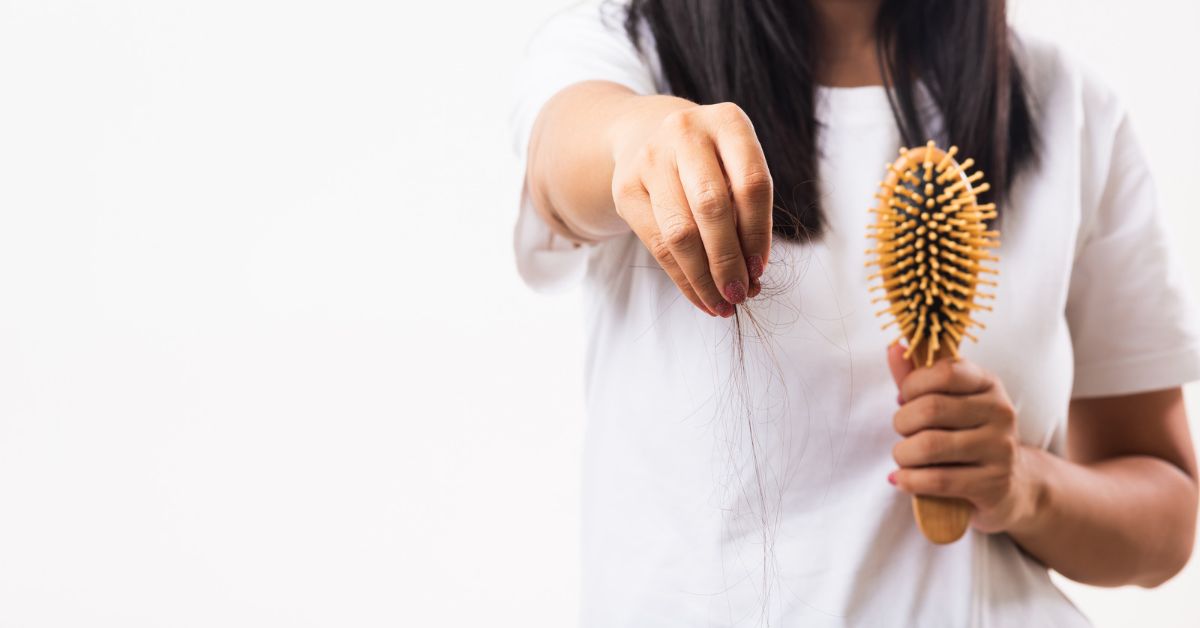Matcha green tea is having its moment. From lattes and smoothies to skin care and supplements, matcha is everywhere. But as more people embrace this vibrant green powder, a common question keeps coming up: Does matcha have caffeine—and if so, how much?
Let’s cut through the noise. In this guide, we’re breaking down everything you should know about caffeine in matcha green tea—from how it compares to coffee and regular green tea to how it affects your body and brain. Whether you’re considering switching to matcha or just curious about what’s in your cup, this article has you covered.
What Is Matcha?
Matcha is a finely ground powder made from specially grown and processed green tea leaves, known as tencha. Unlike traditional green tea, where you steep the leaves and discard them, with matcha, you’re drinking the whole leaf. This means you’re getting a more concentrated dose of nutrients—and yes, caffeine.
Matcha’s origin traces back to Japan, where it’s been used for centuries in traditional tea ceremonies. Today, it’s prized for its health benefits, vibrant flavor, and unique energy boost.
Does Matcha Have Caffeine?
Yes, matcha contains caffeine. But it’s not just about the amount. The way matcha’s caffeine works in your body is what sets it apart.
On average, 1 gram of matcha contains about 30-35 mg of caffeine. A typical serving (1 teaspoon or 2 grams) delivers 60-70 mg of caffeine. That’s about:
- Half the caffeine of a regular cup of coffee
- More caffeine than regular green tea
- Comparable to a shot of espresso
But don’t be fooled by the numbers, matcha offers a different kind of energy.
Why Matcha’s Caffeine Hits Different
You know that excitable, wired feeling you get from coffee? Matcha doesn’t do that. Thanks to a special amino acid called L-theanine, the caffeine in matcha enters your bloodstream more gradually and evenly.
This results in:
- Sustained energy for 4–6 hours
- No energy crash
- Improved focus and alertness
- Calm, steady mental clarity
Think of it as a calm alertness instead of a spike and crash. That’s why so many people, especially those sensitive to caffeine, are switching to matcha.
Matcha vs. Coffee: The Caffeine Showdown
| Feature | Matcha (1 tsp) | Coffee (8 oz) |
|---|---|---|
| Caffeine | 60–70 mg | 95–120 mg |
| Energy Duration | 4–6 hours | 1–2 hours |
| Crash? | Rare | Common |
| Jitters | Unlikely | Often |
| Other Benefits | L-theanine, antioxidants | Some antioxidants, no L-theanine |
If coffee gives you anxiety, jitters, or digestive upset, matcha might be your new best friend. It’s a unique combo of caffeine and L-theanine that creates a smoother, more productive buzz.
Factors That Affect Caffeine Levels in Matcha
Not all matcha is created equal. The caffeine content can vary based on several factors:
1. Grade of Matcha
- Ceremonial grade (highest quality) is made from younger leaves and tends to have more caffeine.
- Premium Grade Matcha: Moderate caffeine (50–65 mg). Great for lattes or smoothies while retaining good flavor.
- Culinary grade uses older leaves and usually contains less caffeine.
2. Serving Size
More powder = more caffeine. A large matcha latte at a café might have up to 100 mg or more. For those watching their caffeine intake, you can still enjoy matcha by adjusting the portion size. For example, use ½ tsp instead of 1 tsp, or blend it with other ingredients to reduce the overall caffeine per serving.
3. Growing Conditions
Shaded tea plants produce more chlorophyll, amino acids, and caffeine. Traditional Japanese matcha is grown this way.
4. How You Prepare It
- Stronger brews = more caffeine
- Added milk or sweeteners don’t change caffeine content, but might slow absorption slightly
If you want to reduce the caffeine load, consider these modern twists:
- Matcha Latte: Mix matcha with steamed milk (dairy or plant-based). The added volume dilutes the caffeine per sip.
- Iced Matcha: Use less matcha and cold water, then shake with ice for a refreshing pick-me-up with lower caffeine.
- Smoothies: Blend matcha with fruits, veggies, and protein powders to dilute the caffeine content while adding nutritional value.
- Half-Strength Matcha: Use ½ tsp of powder instead of a full one. You’ll still get the benefits but with less caffeine.
How Matcha Caffeine Affects Your Brain
Let’s talk brainpower. Matcha’s unique caffeine profile makes it a popular choice for students, creatives, and professionals looking to stay sharp without the crash.
Here’s how it helps your brain:
- Boosts dopamine and serotonin: These feel-good neurotransmitters help improve mood, memory, and concentration.
- Enhances alpha brain waves: Thanks to L-theanine, matcha promotes a state of relaxed alertness, like meditation.
- Improves cognitive function: Studies show matcha may enhance attention, reaction time, and working memory.
It’s no wonder matcha is becoming a go-to productivity tool.
Matcha and Caffeine Sensitivity: What You Need to Know
If you’re sensitive to caffeine, you might worry about matcha. Good news: many people who can’t handle coffee find matcha much more tolerable.
That said, start slow if you’re new to it. Try ½ teaspoon (about 1 gram) and see how your body responds.
Tips for reducing caffeine impact:
- Drink matcha with food to slow absorption
- Avoid late-afternoon servings (stick to morning or early afternoon)
- Stay hydrated and monitor how you feel
Matcha is also more alkaline than coffee, meaning it’s gentler on your stomach and less likely to cause acid reflux or nausea.
How Much Matcha Is Safe Per Day?
For most healthy adults, up to 2–3 cups of matcha per day (about 200 mg caffeine) is considered safe. But moderation is key.
Too much matcha = too much caffeine + potential side effects like:
- Insomnia
- Irritability
- Increased heart rate
- Upset stomach
Listen to your body. If you’re pregnant, breastfeeding, or have a medical condition, consult your doctor before increasing your caffeine intake.
Best Times to Drink Matcha for Energy and Focus
To get the most out of matcha’s caffeine boost, timing matters. Here are the best windows to enjoy it:
- Morning (7–10 AM): Replaces or complements coffee with a smooth, focused start.
- Midday (12–2 PM): Avoid the afternoon crash and stay sharp through meetings or study sessions.
- Pre-workout (30–45 minutes before): Provides sustained energy for workouts without overstimulation.
Avoid matcha after 4 PM if you’re sensitive to caffeine or want to get a good night’s sleep.
Who Should Avoid Caffeine in Matcha?
Children, Pregnant Women, and Those with Medical Conditions
Matcha is generally safe for most adults, but some groups should be cautious with caffeine intake:
- Pregnant or Breastfeeding Women: The American College of Obstetricians and Gynecologists recommends limiting caffeine to 200 mg per day. Matcha can be part of that allowance, but the serving size should be carefully managed.
- Children and Teens: While small amounts may not be harmful, most experts advise limiting caffeine in children due to its potential impacts on sleep, development, and behavior.
- People with Anxiety or Heart Conditions: Caffeine can exacerbate anxiety, insomnia, and heart palpitations. Matcha is gentler than coffee, but it’s still a stimulant.
- Those on Medication: If you’re taking blood pressure, heart, or psychiatric medications, always talk to your doctor before incorporating caffeinated products.
For these groups, low-dose or decaf matcha options may be safer, or matcha might need to be avoided altogether depending on individual health profiles.
Is Decaf Matcha a Thing?
Technically, yes—but it’s rare and hard to find. Decaffeinated matcha is not commonly sold, and removing caffeine often strips away nutrients and flavor.
Instead, look for lower-caffeine green teas like:
- Hojicha (roasted green tea)
- Genmaicha (green tea with toasted rice)
Or simply use less matcha powder in your servings.
The Final Verdict: Is Matcha a Good Caffeine Source?
Absolutely. If you’re looking for a clean, steady energy source that doesn’t wreck your nerves or digestion, matcha is a standout choice.
Here’s a quick recap of what makes matcha’s caffeine so special:
- Contains moderate caffeine (60–70 mg per serving)
- Paired with L-theanine for calm energy
- Smoother, longer-lasting boost than coffee
- Packed with antioxidants and brain-friendly nutrients
- Gentle on the body, even for many caffeine-sensitive individuals
Tips for Enjoying Matcha the Right Way
- Use high-quality matcha: Go for ceremonial or premium grades for better taste and more L-theanine.
- Start small: Begin with ½ to 1 teaspoon and adjust based on how you feel.
- Avoid boiling water: Use water at 160–175°F (70–80°C) to preserve flavor and nutrients.
- Pair with protein or healthy fats: It helps balance blood sugar and sustain energy.
- Experiment with recipes: Try it in smoothies, chia puddings, or iced lattes for variety.
Conclusion
Matcha green tea offers more than just vibrant color and Instagram-worthy lattes. Its caffeine content is just right—not too high, not too low—and thanks to L-theanine, it delivers calm, clean energy that lasts.
Whether you’re a coffee lover looking to cut back or someone exploring new ways to stay energized and focused, matcha is a smart, sustainable alternative.
FAQs
Q1: Is matcha caffeine stronger than coffee?
No, matcha typically has less caffeine per serving than coffee, but the energy it provides is longer-lasting and smoother due to L-theanine.
Q2: Can I drink matcha before bed?
If you’re caffeine-sensitive, it’s best to avoid matcha 6–8 hours before sleeping. For most people, morning or early afternoon is ideal.
Q3: How long does caffeine from matcha stay in the system?
Caffeine from matcha can stay active in your body for 4–6 hours, sometimes longer, depending on your metabolism and sensitivity.
Q4: Does matcha have side effects?
In high amounts, it can cause insomnia, restlessness, or digestive issues. Start small and monitor how your body reacts.
Q5: Is it safe to drink matcha every day?
Yes, for most healthy adults, daily matcha consumption is safe and beneficial when consumed in moderation (1–2 servings/day).







